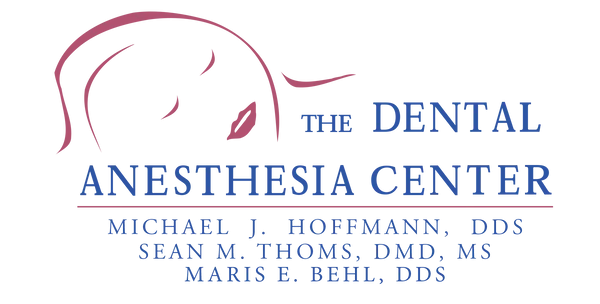To effectively protect your mouth, it’s important to know the difference between gingivitis and periodontitis. By doing so, you’ll be able to identify issues quickly and seek proper dental treatment.
You have likely heard of the terms gingivitis, gum disease, periodontitis, and periodontal disease. But you may be less familiar with what they are and what causes them.
Good oral health includes much more than just brushing your teeth and flossing. Maintaining a healthy mouth also involves keeping your gums healthy. However, even if you cultivate good oral health habits, an illness like cancer or diabetes can affect the condition of your gums. Also, certain medications can affect your oral health.
To effectively protect your mouth, it’s important to know the difference between gingivitis and periodontitis. By doing so, you’ll be able to identify issues quickly and seek proper dental treatment.
What is Gingivitis?
Gingivitis is inflammation of the gums, or gingiva. It generally occurs because a film of plaque, or bacteria, accumulates on the teeth. While gingivitis itself is a non-destructive type of periodontal disease, it can progress to periodontitis if left untreated. However, it’s also important to know that not all gingivitis leads to periodontitis.
Gingivitis is a form of periodontal, or gum, disease that causes the gums to be inflamed. It is caused by poor oral hygiene. Symptoms of gingivitis include:
- Swollen or puffy gums
- Receding gums
- Tender gums
- Bleeding gums
- Bad breath
In the early stages of gum disease, bacteria in plaque build up causes the gums to become inflamed and may cause them to bleed when brushing. Even though the gums are irritated, the teeth are still firmly rooted in their sockets. At this stage, no irreversible bone or tissue damage has occurred.
What is Periodontitis?
Periodontitis is a more serious condition. When gingivitis is left untreated, it can lead to periodontitis. For a person with periodontitis, the inner layer of the gum and bone pull away from the teeth and pockets form. Debris collects in and between these small spaces and the area can become infected. As the plaque spreads and grows below the gum line, the immune system fights the bacteria.
As this process progresses, the toxins produced by the bacteria begin to break down the bone and connective tissue which is what holds the teeth in place. If left untreated, the pockets get larger and more tissue and bone are destroyed in the process. When this happens, the teeth are no longer secured and then begin to loosen and will eventually fall out.
What Causes Periodontal Disease?
Plaque build-up is the primary cause of gum disease. However, there are other factors to consider. Some of these include:
- Hormonal changes, like those experienced during puberty, pregnancy, and menopause can make the gums more sensitive and can make gingivitis easier to develop.
- Many illnesses can affect the condition of the gums. Some of these include HIV and cancer. Persons with diabetes are at higher risk because the disease affects the body’s ability to use blood sugar. High blood pressure, heart disease, osteoporosis, and long-term kidney disease can also affect oral health.
- Oral health can be affected by certain types of medications. Some types lessen the flow of saliva, which protects the teeth and gums. Others can cause abnormal growth of gum tissue.
- Bad habits like smoking make it difficult for gum tissue to repair itself.
- Poor oral hygiene is one of the leading causes of gum disease. Not brushing or flossing daily can cause gingivitis.
How is Gum Disease Treated?
To treat gum disease, the goal is to promote the reattachment of healthy gums to the teeth. It’s important to reduce the inflammation and reduce the small spaces that have formed between the teeth and gums. Treatment options depend on the stage of the gum disease, how you respond to other treatments, and on your overall health.
At The Dental Anesthesia Center, we will go over the treatment options with you. We will access your overall health and come up with the best possible options.
Call Us Today
The first two board-certified Dentist Anesthesiologists in the state of Missouri.
